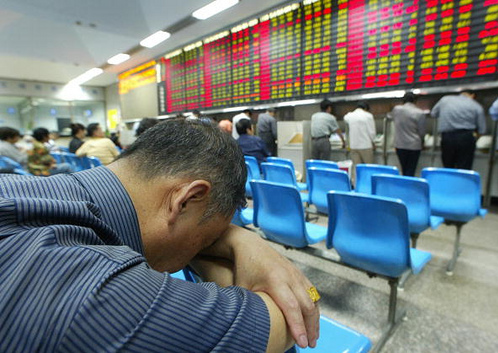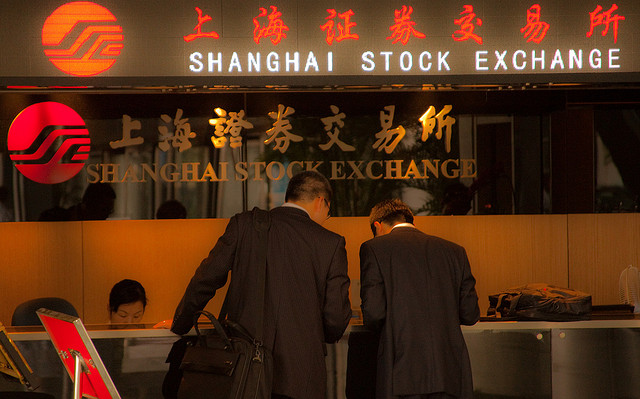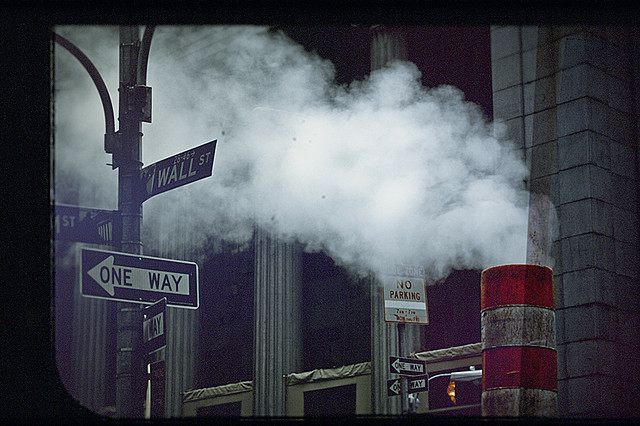The huge decline of Chinese equities is a sign of increasing market volatility rather than the start of a bigger correction, argues Lukas Daalder, Chief Investment Officer for Robeco’s Investment Solutions.
Signs that China’s economic slowdown is deepening have sent the Shanghai Composite Index to its biggest one-day percentage loss in eight years. The index closed down 8.5% on Monday. The decline was partly a reaction to the publication of the preliminary Caixin/Markit China Manufacturing Purchasing Manager’s Index (PMI). This leading indicator declined from 47.8 in July to 47.1 in August, the lowest level since March 2009.
“The shift from an export- and investment-driven economy to a model which is driven by local consumption is a bumpy ride,” says Daalder. “The disappointing PMI report is the newest piece of a growing pile of evidence that the cracks in the Chinese economy are bigger than most investors anticipated. The stock market was already shaken by the sudden depreciation of the renminbi two weeks ago and this is a new shock.”
In a reaction to the falling markets, China has allowed pension funds managed by local governments to invest up to 30% of their net assets in stocks and equity funds. Chinese state media has calculated that this will theoretically allow USD 97 billion to flow into the stock market. “Local governments tend to react quite quickly to this kind of change in legislation”, says Daalder. “We expect China to take additional steps if they are needed for equity markets to calm down. Even a new deprecation of the renminbi cannot be ruled out.”
A difficult choice
Daalder says the Chinese government faces a difficult choice if its current actions fail to create a more stable market climate. “Additional interventions might provide some stability, but that would mark a step back in the shift to a more market driven model,” he says. “It is also a dangerous precedent, for investors have a tendency to get addicted to government support for financial markets quite quickly. On the other hand, without intervention the current panic might lead to a decline of 20%.”
According to Daalder, the base scenario is that the decline in Chinese equity markets is a sign of increasing market volatility rather than the start of a large correction: “Global equity markets have had a steady run-up during the last couple of years, which was not always supported by an improving economy. We have already warned investors that they should prepare themselves for larger price movements and growing uncertainty.”
The effects of the correction on the Chinese stock market are also being felt in different regions and among other asset classes. “China has become an essential part of the world economy,” says Daalder: “The fear of an economic slowdown is putting huge pressure on commodity prices. The oil price has fallen to its lowest level in more than seven years. A correction in commodity prices usually spells bad news for emerging markets.”
Correction creates buying-opportunities
“Financial markets are already quite edgy and in this climate, investors tend to overreact to bad news,” explains Daalder: “As long-term investors, we are plotting the market to see if the price declines are creating buying opportunities in some markets. The correction in the high yield-market illustrates that investors are already bracing themselves for a sharp increase in defaults, anticipating that a lot of shale companies will not be able to survive the collapse in the oil price. There is a good chance that the market is overshooting with this price reaction.”
Another effect of the panic in Chinese equity markets is a possible delay of an interest rate hike in the United States, explains Daalder. “The Federal Reserve has been communicating to financial markets that it intends to raise interest rates in September,” he says. If the markets do not calm down, they might decide to hold off raising interest rates until December. All in all, although the turmoil may continue for some time to come, we are looking at it as a longer-term buying opportunity”.




 For Fórmate a Fondo
For Fórmate a Fondo
 For Alicia Miguel Serrano
For Alicia Miguel Serrano